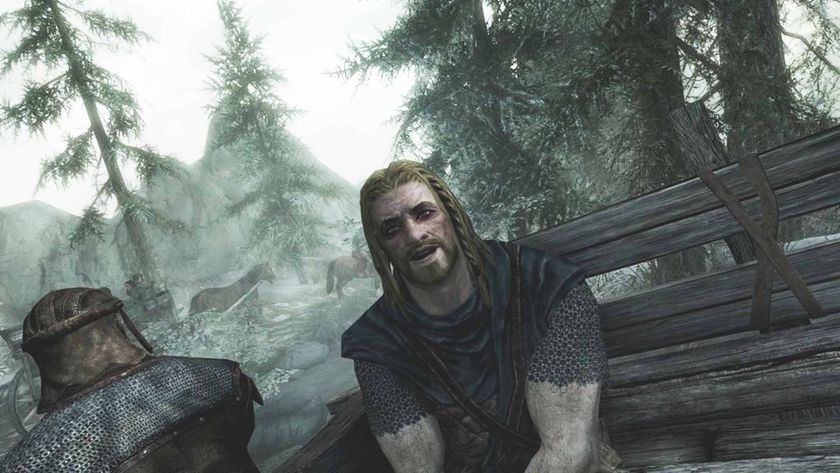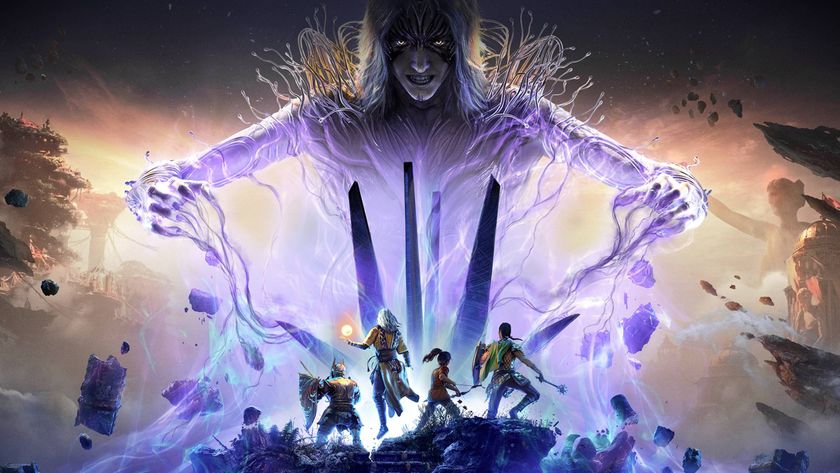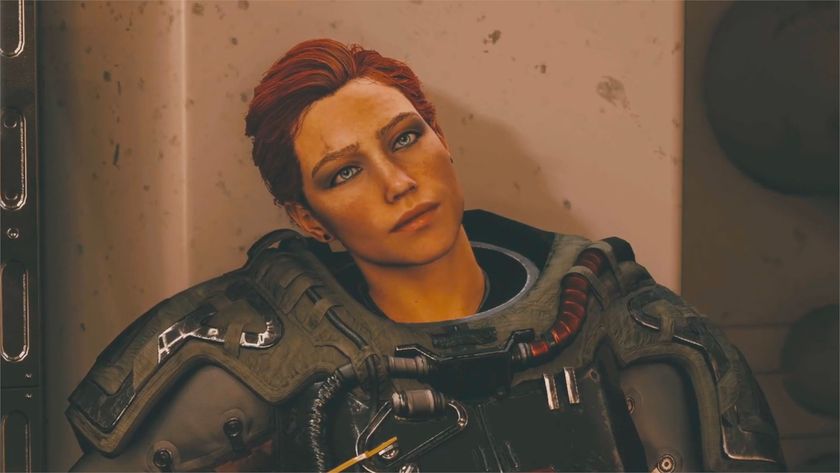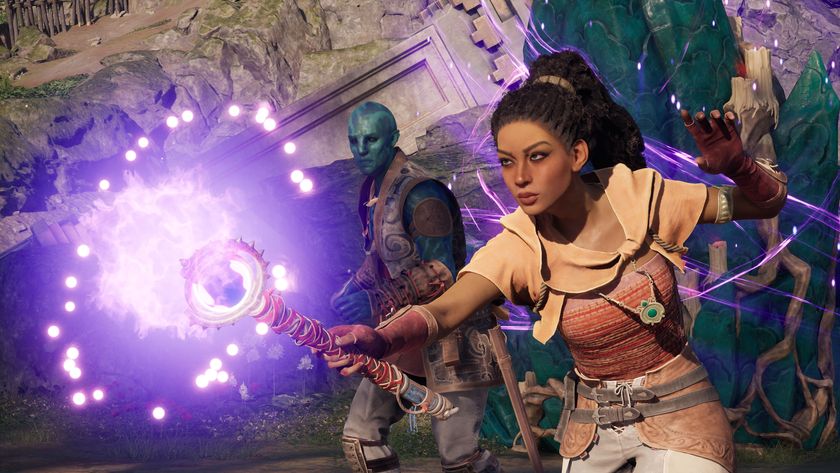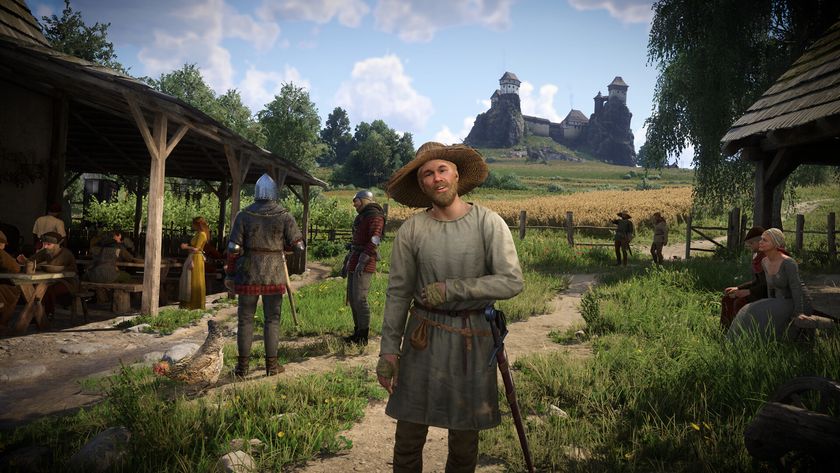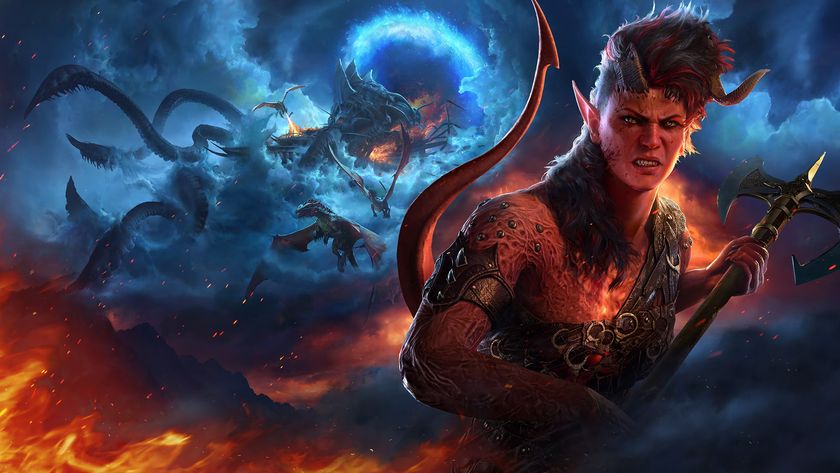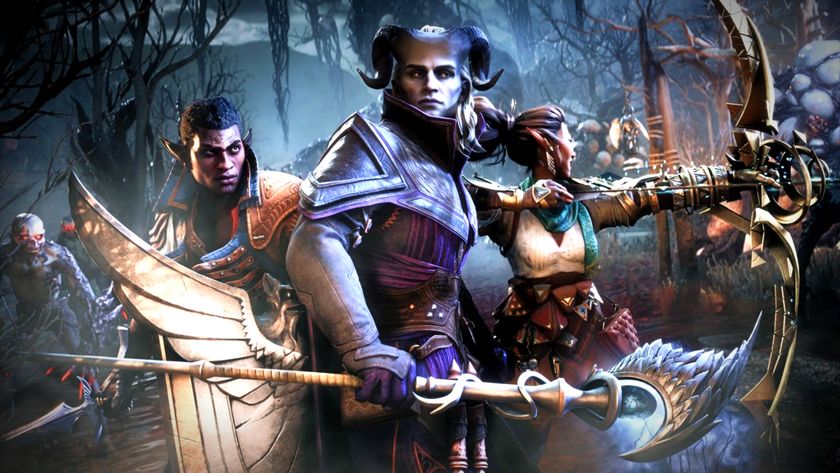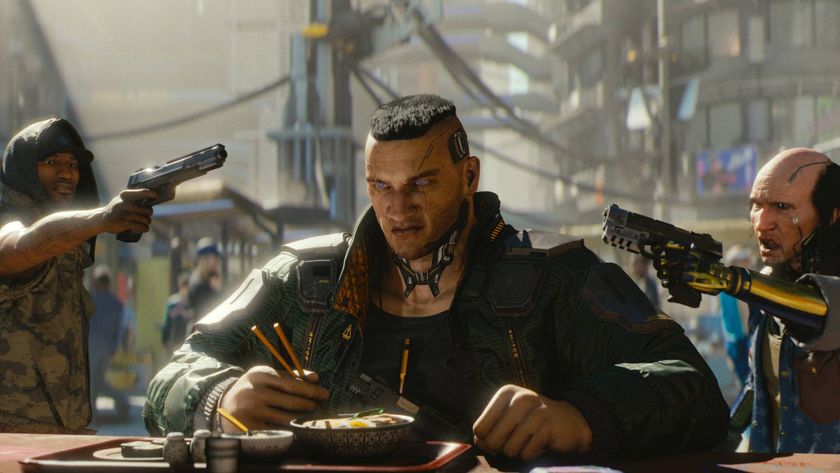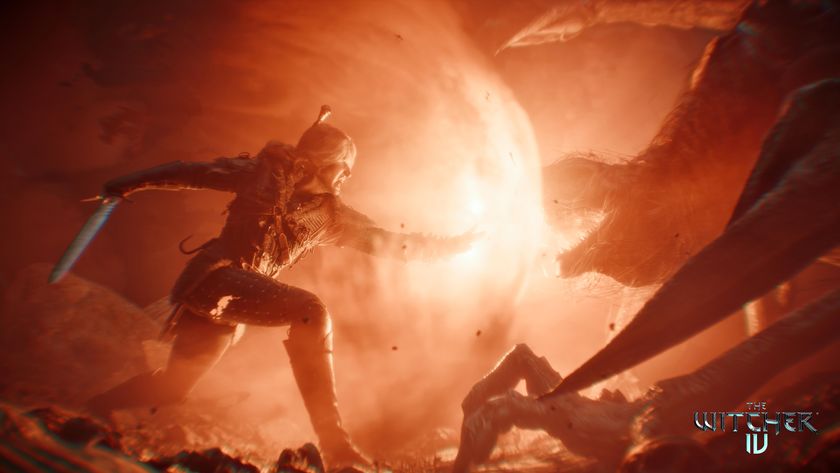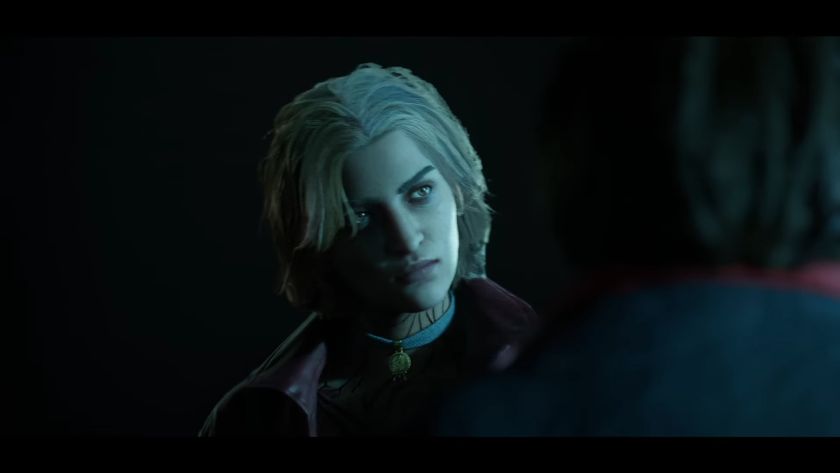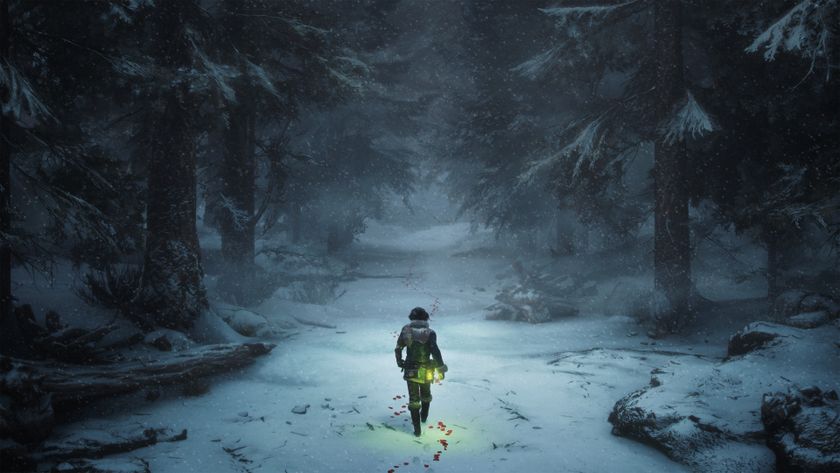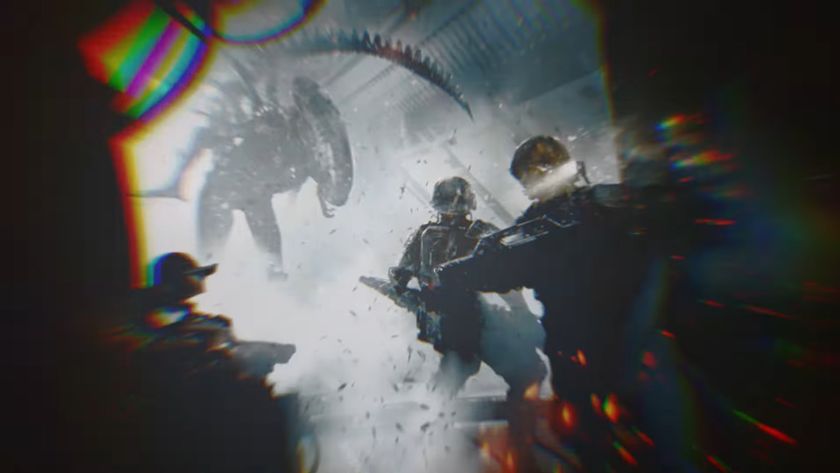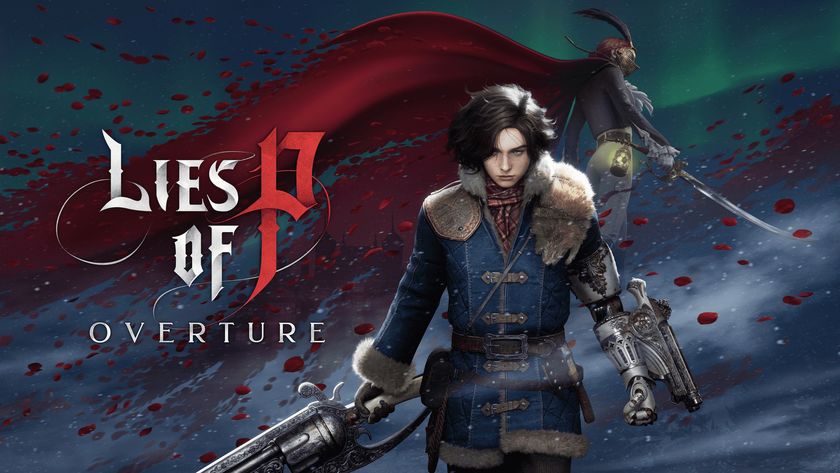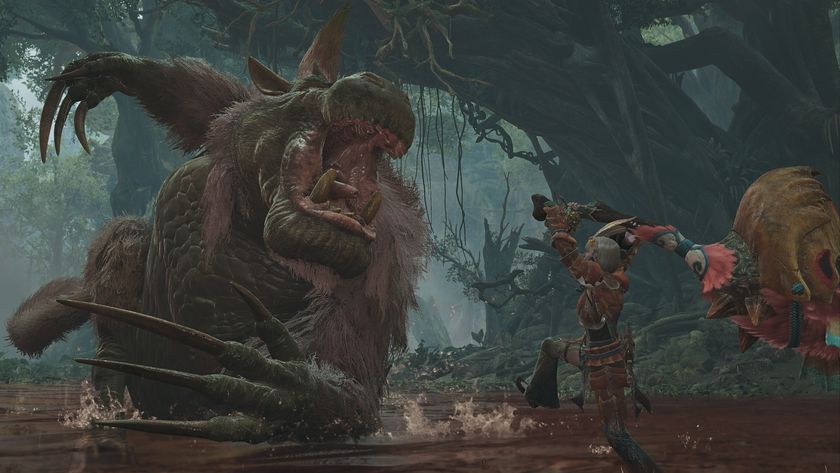Pathfinder: The Dragon's Demand devs say Baldur's Gate 3-style level caps help make games shorter, because not everybody has "time for 100-hour RPGs"
"It'd be much nicer if it was a 20 or 30-hour game"
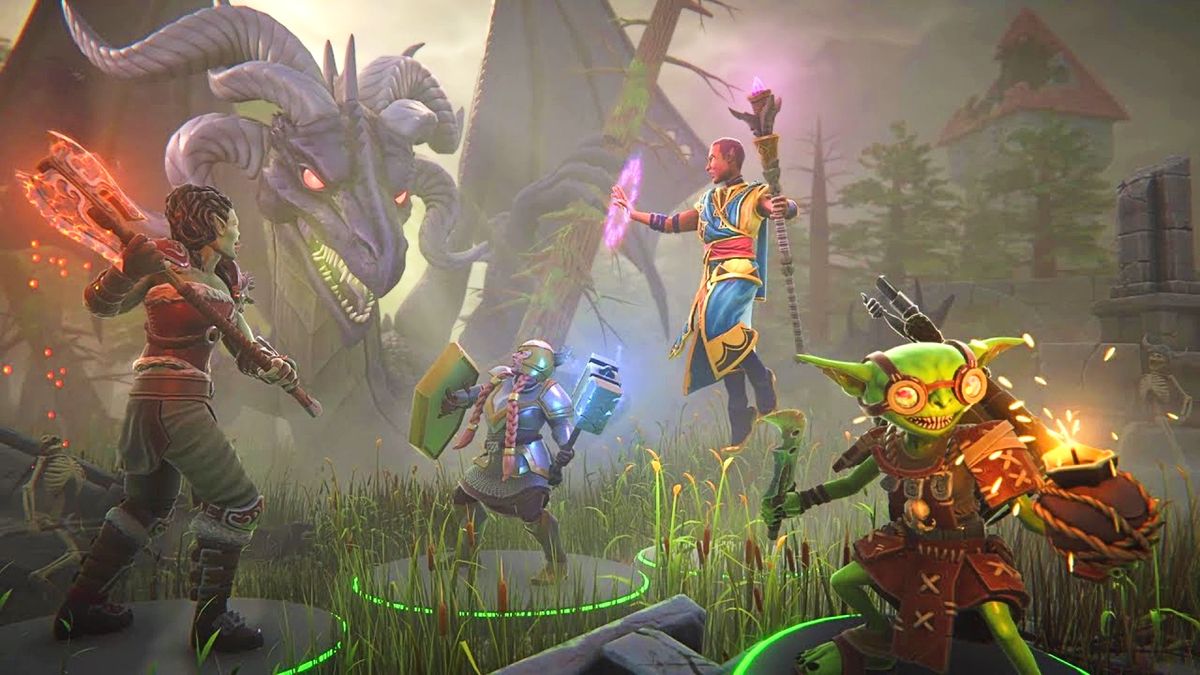
Indie developer Ossian Studios doesn't want Pathfinder: The Dragon's Demand — its idyllic, turn-based take on Pathfinder 2E — to feel like an insurmountable obligation, so it's taking cues from Baldur's Gate 3 and opting for low level caps.
"As I've gotten older — and you'll hear this from other RPG players as they get older — they don't have time for 100-hour RPGs," Ossian founder Alan Miranda tells PC Gamer in the magazine's issue 404. "It'd be much nicer if it was a 20 or 30-hour game. And we thought that's something good to focus on."
In theory, low level caps can make a game feel elegantly concise, all tied up with a neat bow and arrow. In theory.
Baldur's Gate 3, controversially, maxes characters out at level 12 instead of source material Dungeons & Dragons 5e's maximum level 20. It still takes about 6 million hours to complete, give or take.
But that proves another thing Ossian likes about low level caps: simplifying one aspect of a CRPG doesn't mean sacrificing its richness anywhere else.
"Baldur's Gate 3 demonstrated that you can have a relatively low-level spread but still have a huge gain with lots of character choices, lots of build options," Pathfinder: The Dragon's Demand lead designer Luke Scull tells PC Gamer.
"[CRPG Pathfinder developer] Owlcat was making adventure paths, which are basically three of these kinds of modules put together," continues Miranda. "We chose that smaller size module to make it manageable for us as an indie company to do."
Sign up to the 12DOVE Newsletter
Weekly digests, tales from the communities you love, and more
Pathfinder: The Dragon's Demand does not yet have a release date, but Ossian's Kickstarter page for the project notes it became fully funded at the end of October.
Now is the best time to try the biggest D&D rival, Pathfinder.

Ashley is a Senior Writer at 12DOVE. She's been a staff writer at Kotaku and Inverse, too, and she's written freelance pieces about horror and women in games for sites like Rolling Stone, Vulture, IGN, and Polygon. When she's not covering gaming news, she's usually working on expanding her doll collection while watching Saw movies one through 11.
